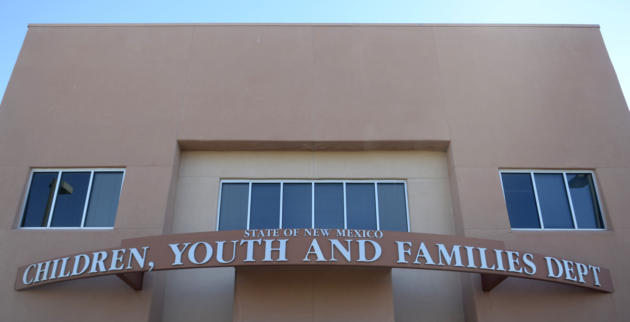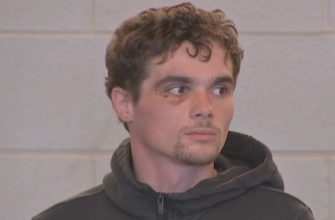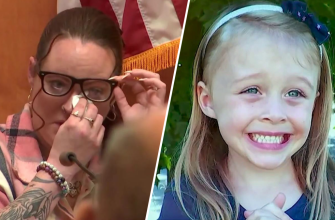How many babies born drug-addicted in New Mexico have died? That’s all Rep. Gail Armstrong, R-Magdalena, wants to know.
Four years after lawmakers tasked the Children, Youth & Families Department with tracking the number of babies born exposed to drugs and the number of families who received a plan of care, and days after a 2-year-old died of a fentanyl overdose, CYFD officials couldn’t answer the question at a Legislative Finance Committee meeting this week. Armstrong walked out a recent LFC meeting frustrated by CYFD.
Who can blame her?
State lawmakers in 2019 passed the Comprehensive Addiction Recovery Act, which requires the aforementioned tracking. But as Journal news partner KOAT-TV reported Wednesday, the state isn’t tracking who accesses those supports, especially if the family refuses services.
The state’s CARA law requires CYFD and hospital staff to develop a plan of care before sending home babies born drug-addicted. The plans include information about treatment and counseling options and resources for financial support.
“The goals of our state’s law were to decrease the number of children experiencing abuse and neglect by offering supports for mothers and infants; to pull together the hospitals, health care providers for mothers and infants, home visiting and early intervention programs to provide these supports,” former Department of Health and Department of Human Services secretary Dr. David Scrase and Dr. Andrew Hsi of the CARA working group explained in a Journal guest column Oct. 20, 2022.
Rep. Tara Jaramillo, D-Socorro, asked CYFD acting Secretary Teresa Casados on Tuesday how many CARA babies are there in New Mexico. Casados said there were 1,388 plans of care submitted in fiscal 2022, but only 535 children were screened for abuse prevention.
“Do you test those babies to see if they have exposures in the home?” Jaramillo asked of children sent home without CYFD oversight.
“We don’t specifically test those babies that go home,” Casados answered.
CYFD’s notorious failures to protect young children from drug exposure were driven home again last week when a 46-year-old mother dropped off her unconscious 2-year-old at an Albuquerque hospital. Prosecutors say the toddler, Nayisha Delaney, died from consuming fentanyl at her Albuquerque home where several people were reportedly smoking crack and fentanyl.
The girl’s mother, Kreshenna Delaney, 46, lost guardianship of an older son in 2014 because of her history of drug-related offenses dating back to 2001 and several years spent in prison for trafficking. She’s had three children since 2014. Her 6- and 8-year-old sons were taken into CYFD custody only after their 2-year-old sister’s death. Why did CYFD allow them to grow up, and their sister to die, in a drug-infested home? Was there any follow-up at all in the Delaney home to try to keep them safe?
After a 7-month-old Albuquerque boy with methamphetamine in his system suffocated in his home last year, we learned that CYFD returned three older children between 1 and 3 years old, who also had methamphetamine in their systems, to that meth den — twice.
Again, why did CYFD allow them to live, and their brother to die, in a drug-infested home? Was there any follow-up at all in that home to try to keep them safe?
Lawmakers and the public could know more, but Gov. Michelle Lujan Grisham and her key legislative allies quashed dozens of bills this past session that would have required more accountability and transparency.
Senate Bill 150 would have required CYFD to conduct a family assessment when a newborn suffers from drug withdrawals. House Bill 434 would have shifted many responsibilities for overseeing safe-care plans for newborns to the Department of Health. Language in House Bill 2 would have required CYFD to regularly report child fatalities to lawmakers.
So, we ask lawmakers and the governor: How many babies born drug-addicted have been sent home and died with no CYFD oversight? How many children have received/had their families refuse follow-up care for substance abuse in the home?
More importantly, how many more babies have to die before CYFD can answer even the basic questions required by law?
This editorial first appeared in the Albuquerque Journal. It was written by members of the editorial board and is unsigned as it represents the opinion of the newspaper rather than the writers.








